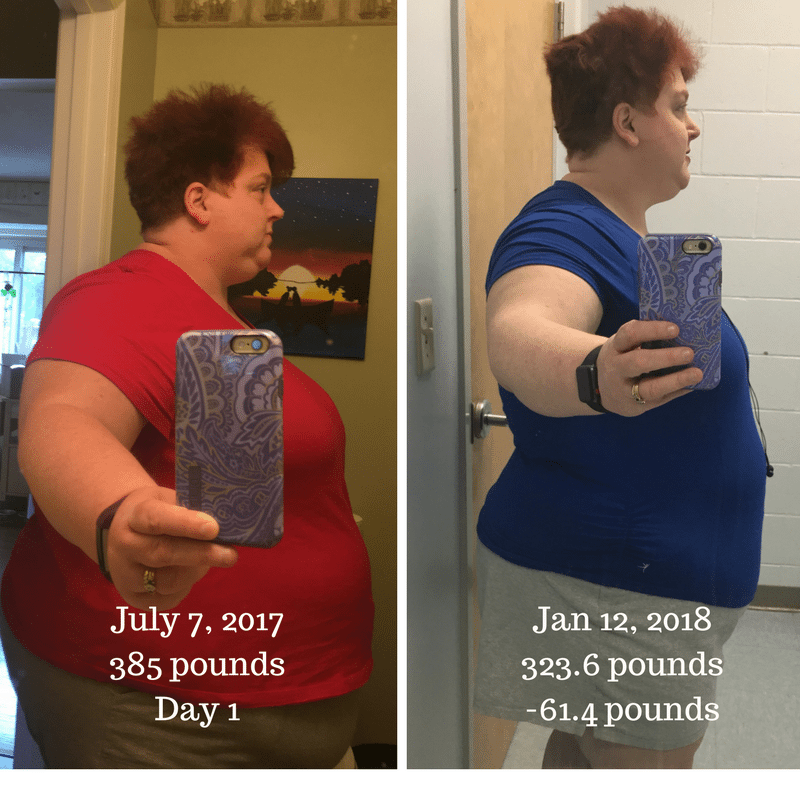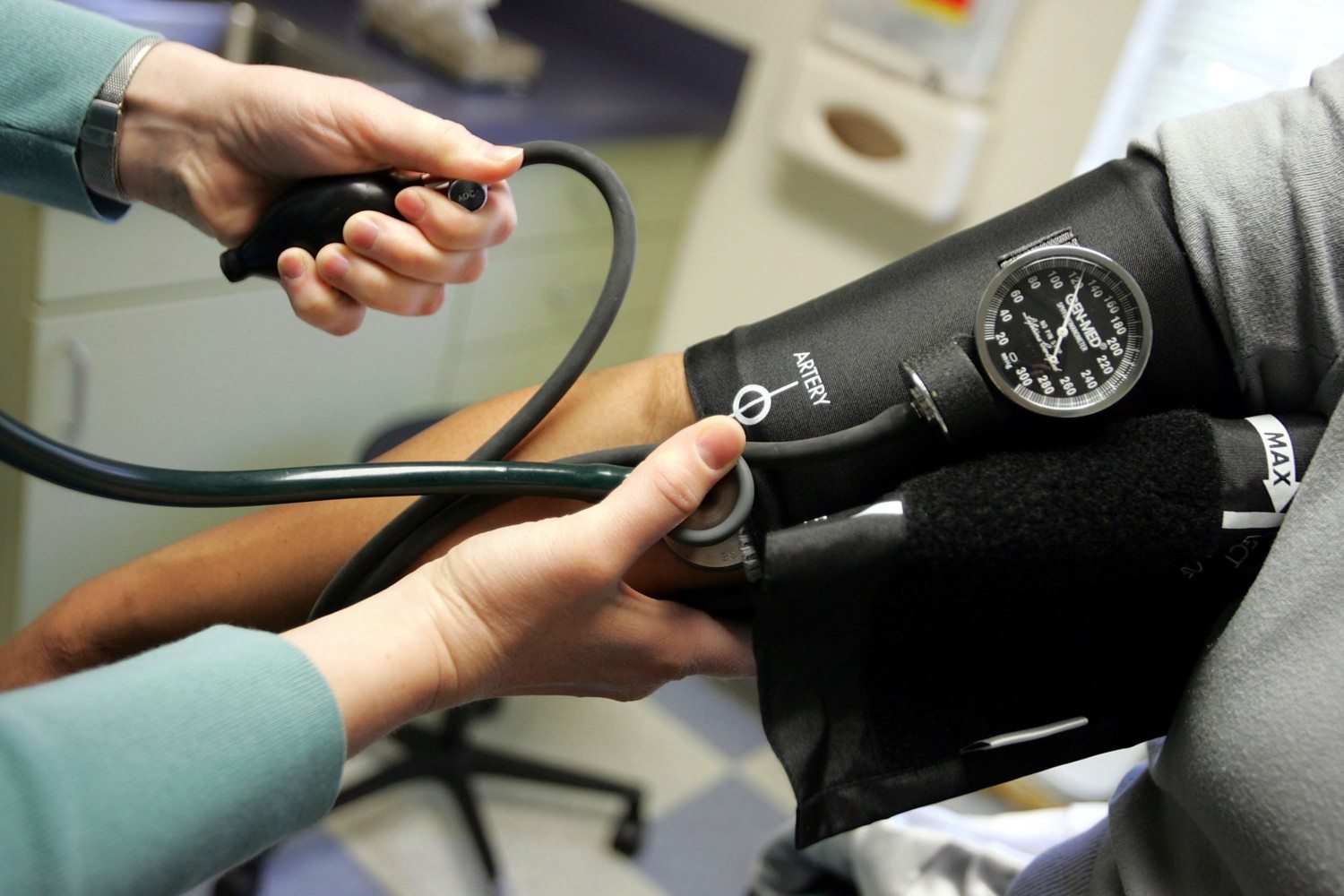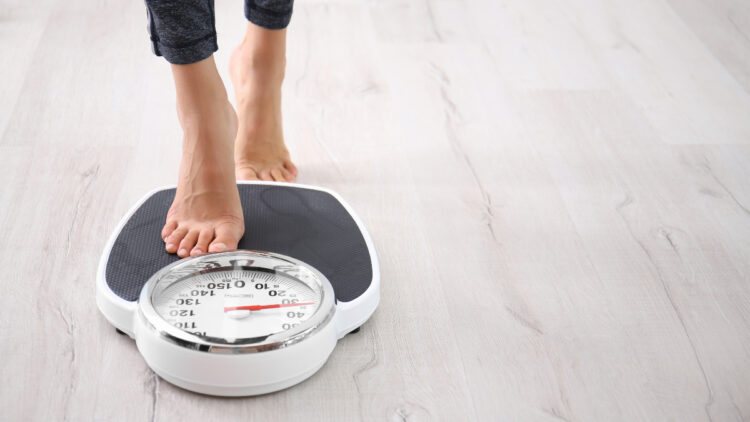7 steps I took that helped me lose 60 pounds in six months
My name is Marie, and I currently weigh 323 pounds.
That’s a number most people wouldn’t share or say aloud to anyone. Heck, it’s not a number I even like to think about some days. However, I’m a work in progress. Six months ago, I began to change my life. I decided to take control of my health and do something about it.
On July 7, 2017, I made the commitment to get healthy. My first mission: start to lose the weight that had plagued me for too many years. Within six months, I lost 60 pounds.
This is not an after picture. It’s a “during picture.” I have a long way to go to get to the best version of myself.
As people have started to notice my weight loss, they’ve asked me, “What’s your secret?”
There is no secret. There are no magic tricks, no extreme measures I’ve taken to get to this point in my journey. Not to say that there hasn’t been hard work, a lot of sweat and tears and some good, hard soul-searching on my part. But instead of secrets, what I’ve learned is that taking a few, basic steps are all I needed to transform my life.
Here’s what’s worked for me and may work for you as well:
Step 1: Consult Your Doctor
This is the most important step! There is so much information out there on weight loss that it can get totally overwhelming. If you’re looking to make significant changes in your diet or activity level, you must talk to your doctor. Get a baseline tests for your blood pressure, blood sugar, cholesterol and any other metrics your doctor thinks are important. You don’t want to start a new program only to find out it’s not a good fit for your health.
Back in July 2017, I went to see my doctor for one of my (many) regular appointments. I’ve had more blood tests than I can count to monitor my blood sugar, cholesterol, liver function and more. Finally, my doctor asked me the obvious question.
“What are you going to do about your weight?”
Ouch. Yeah, she just put it all out there.
But at 385 pounds, it was clear I had a problem. And I felt ashamed, scared, angry, frustrated and just plain tired.
We talked for a while about my options, which leads me to step No. 2…
Step 2: Choose A Plan That Works For You
Weight loss is not a one-size-fits-all thing. What’s right for one person may not work for another. How many times have you heard someone say, “Oh, you need to try (insert diet name)! I love it!”? Getting advice is great, but take the time to talk to your doctor and do some research on what works for you.
On that July morning, my doc and I talked about everything from low-carb options to gastric bypass. I was a prime candidate for surgery, and it’s a fantastic medical option for many people. It probably would work for me. But I knew, deep down, that I had to learn to have a healthier relationship with food. Even if I got the surgery, I’d need to adjust my eating behavior significantly beforehand. So if I had to make the changes anyway, was a major procedure necessary? My doctor said she didn’t know; it would depend on how much I could change my habits.
After a lengthy conversation, I left the office, went home and immediately signed up for Weight Watchers. I’m not here to tell you that everyone needs to sign up for that specific program. For me, it was the best choice at the time. And it still is. I’m learning how to eat healthier, manage my portions and still live my life.
The bottom line: Find the system or plan that works for you. Don’t let others dictate what you should do. Remember, you have to live with the plan, which means it needs to be sustainable.
Step 3: Track Your Food
Yes, the core principle of Weight Watchers is tracking what you eat. However, you do NOT have to be a WW member to do this. With apps like SparkPeople, My Fitness Pal and Lose It! out there, it’s easy and inexpensive (many are free) to keep track of what you’re putting in your mouth. Heck, if you don’t like counting calories, I challenge everyone to simply write down what you’re eating in a notebook or on your smartphone.
Studies show that simply keeping a food diary can double the amount of weight someone loses! Why? The act of writing down what you eat creates a greater awareness around our eating habits. This is key, because mindless eating adds a lot of extra calories! When I started tracking my food, I was unpleasantly surprised at how much I was eating. Why was it a surprise when I am so overweight? I just didn’t think about it. Wow. What an eye opener!
Start by simply tracking what and when you eat, just to get into the habit and to see the big picture. Then, if you want to, download one of the calorie-counting apps and start digging a little deeper. The apps will help you calculate what your daily calorie intake should be and you can plan from there.
The simple act of tracking what I eat has been the cornerstone of my weight-loss success so far. When I don’t track, I go off the rails!
RELATED: This Soup Recipe Claims To Help You Lose 15 Pounds In A Week
Step 4: Create A ‘Why List’
Why do you want to lose the weight? Have you really asked yourself that question? On the surface, it may seem like an easy thing to answer. Maybe you want to be a smaller size. Or maybe you want to improve your health. Those are great reasons! But they’re not very specific.
Specific reasons help you keep your eye on the prize. I listen to an amazing podcast called Whys Advice. The host, Mike Daggett (aka “FatDag”), encourages everyone to sit down and write out those whys.
I have a number of whys in my journal:
- Being able to go out to a restaurant and sit in a booth without worrying if I’ll fit (getting close on this one).
- Bending over to tie my shoes without it being a monumental effort (done!).
- Getting my blood sugar back to normal (done!).
- Allowing myself to be in family pictures again and not cringe.
- Getting off all of my medications.
My “why list” is a living document. It changes as I cross things off the list. I add new ones as I go. It gives me the motivation to remember why I’m putting in so much work.
And yes, being a smaller size is one of my whys! It’s just not my top one.
Step 5: Set Small, Realistic Goals
When I started my journey back in July, I knew I had to lose at least 200 pounds. The number made my head swim and my heart break. It felt like I had a better shot at climbing Mt. Everest than hitting that goal.
For me, I had to stop looking at the ultimate goal and focus on the baby steps that would get me there. I just could not wrap my brain around losing that much weight!
But I could do five pounds! And no, it wasn’t a matter of thinking I could lose five pounds 40 times. I started by focusing on those first five pounds—that’s it. Once I did that, I had my eye on the next five, and then the next. You get the picture.
When I started bringing activity into the picture, I could barely walk two blocks in my neighborhood. Each day, I said I would just get out and do something. At first, I was doing the bare minimum. Then, one day, I discovered I’d gone another block. And then another. Today, I go to the Y six days a week to get in about an hour of cardio work and/or light strength training. All of those small steps brought me to where I am today.
https://www.instagram.com/p/BeJ3qa3FZhf/?taken-by=marierossiter
Setting those smaller goals gives you a feeling of accomplishment that motivates you to keep going, especially when the going gets tough. And, believe me, it will…
Step 6: Realize You Will Stumble
Even with knowing your why and having attainable goals, here’s a fact: You’re not going to be perfect along your weight-loss journey. Our intentions are good, but life happens. Sometimes, I encounter some chocolate or pizza that causes me to stumble a bit. Other days, I don’t get as much exercise as usual.
I’m learning that this is a life change, not a temporary fix. One off day does not mean I’m back to where I was when I started. It means it’s one day! I have the control to get back on track the next meal—not the next day.
Accept the stumbles. Learn from them. You don’t have to stay on the ground. Get up, dust yourself off and keep moving forward.
Step 7: Find Your Accountability Partner
Staying accountable is a key factor in weight-loss success, beyond just being accountable to yourself through food tracking and weigh-ins. Losing weight is not easy! If you think you can do it alone, let me convince you otherwise. Yes, you’ll be doing the work and making the choices. However, as you lose weight, it’s good to have others who can support you, encourage you and even give you a kick in the butt if you need it.
For me, I’ve told my family and friends about my weight-loss journey. Why hide it? It was obvious I needed to do it, and they might as well know that I’m working to change my life. I also share my progress through my blog, The Lighter Side of Me, post videos, share social media updates and participate in a Facebook group where we support one another through the good, the bad and the ugly.
OK. So not everyone is ready to share as much as I have. But putting myself out there allows me to embrace the changes going on, the mistakes I’m making and the lessons I’m learning.
If you’re looking for an accountability partner, look me up! I’m all about working as part of a team to stay on the path to a better life.








